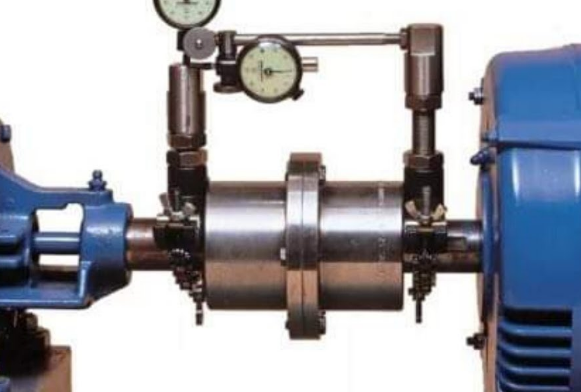Understanding how to match connecting rods and caps is integral to the efficiency and performance of an engine. A correct match ensures the integrity of the piston-to-crankshaft connection and consequently, the engine’s overall operation. This article aims to guide you through the process, along with highlighting the role connecting rods and caps play in an engine’s performance.
Understanding Connecting Rods and Caps
The connecting rod and its corresponding cap are crucial parts of an internal combustion engine. Together, they form a bridge between the piston and the crankshaft, allowing for the conversion of linear piston motion into the rotational motion needed to drive the wheels of a vehicle.
Material Selection and Dimensions
The connecting rod and its cap must be made of compatible materials and have matching dimensions to maintain the integrity of the assembly. A mismatch can lead to premature wear, potentially damaging the engine. Most commonly, connecting rods and caps are made of steel or aluminum, chosen for their balance of strength, durability, and weight.
Machining Process for Perfect Alignment
The machining process must be done with precision to ensure perfect alignment between the rod and the cap. This precision is paramount, as even minor misalignments can lead to severe engine damage.

Identifying the Correct Pair
Connecting rods and caps are typically manufactured as a pair, then split during the final stage of the machining process. This splitting forms unique mating surfaces, making each pair uniquely compatible. Hence, it’s crucial that each rod is matched with its original cap.
Quality Testing and Assurance
After the assembly of the rod and cap, quality testing and assurance must be performed. This includes dimensional checks and potentially non-destructive testing methods to identify any material defects. These steps ensure that the matched pair is up to the required standard and safe for use in an engine.
The Consequences of a Well-Matched Pair
A correctly matched connecting rod and cap is not just beneficial but vital to the smooth operation of an engine. The perfect pair will handle high-frequency cycles of tension and compression, reducing wear and tear, and ensuring longevity of the engine.
The Art of Matching Connecting Rods and Caps
Matching connecting rods and caps is an intricate part of engine assembly, requiring precision, attention to detail, and knowledge of the materials and machining processes. A successful match contributes to efficient engine performance, maximizes power output, and minimizes wear on the engine’s components. It is a testament to the intricate nature of mechanical engineering and the crucial role it plays in vehicle functionality. By mastering this process, you are making a significant contribution to vehicle performance and durability.